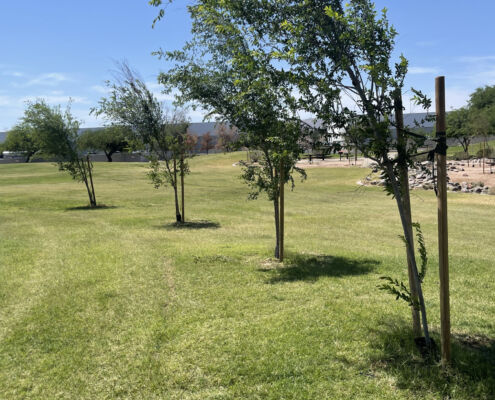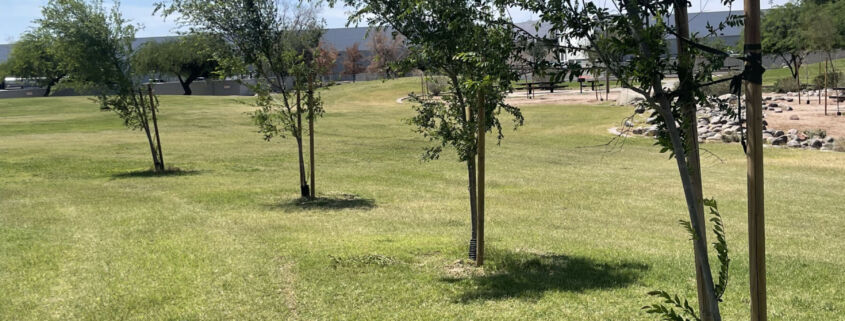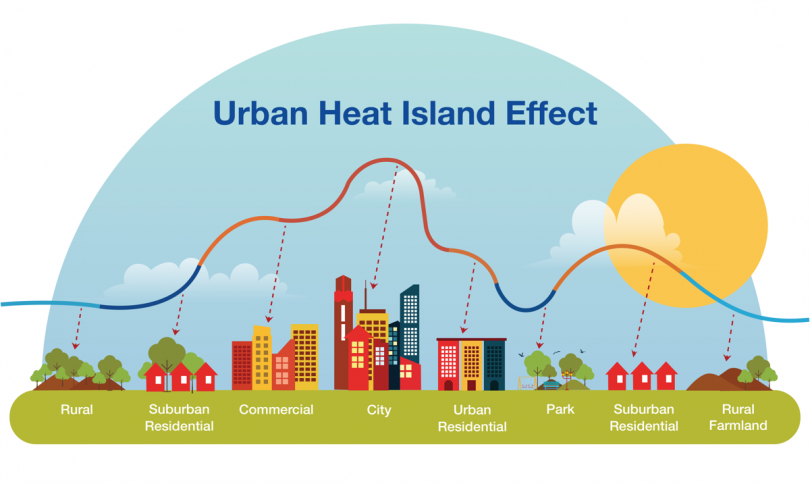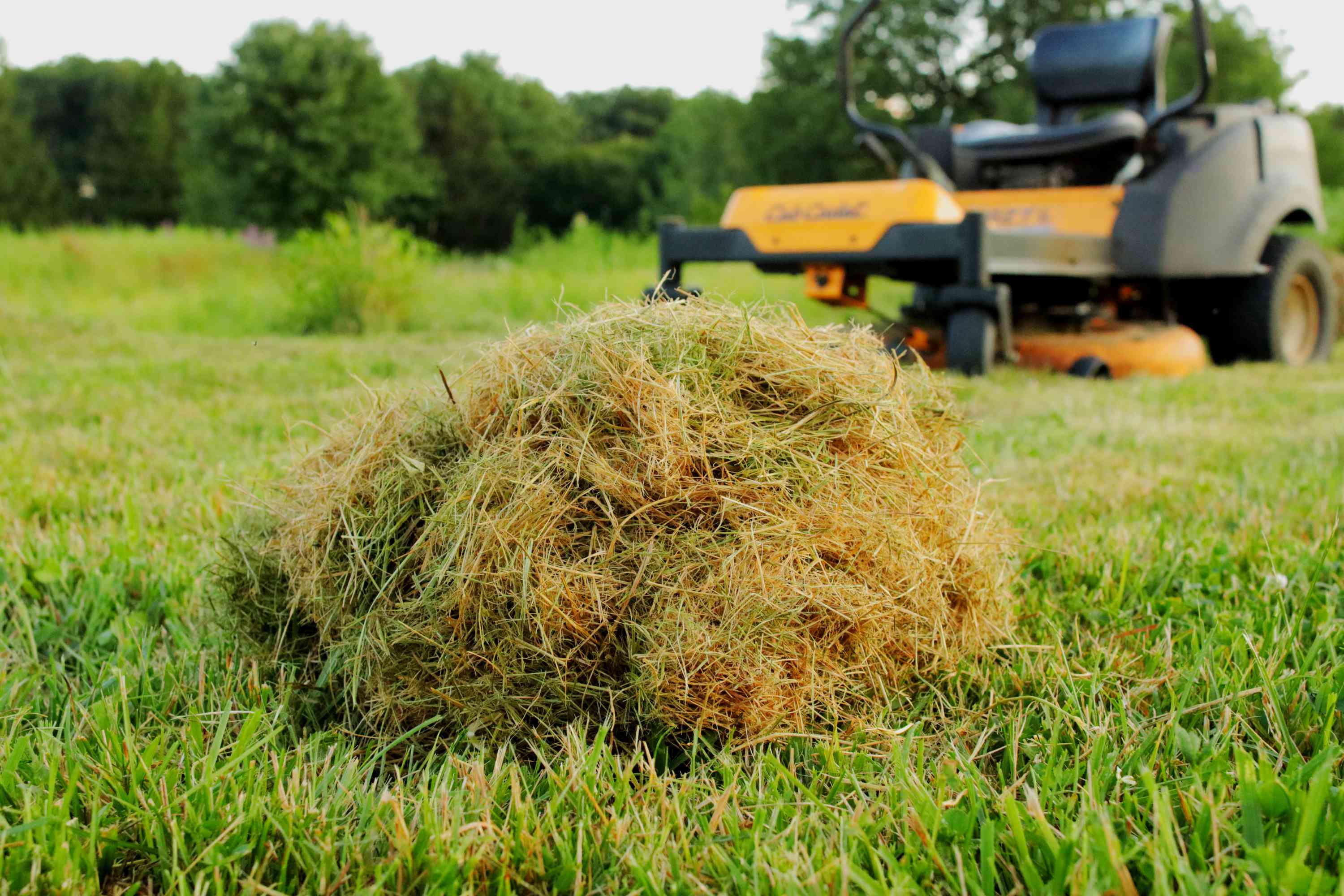Trees: Nature’s Carbon Capture Superheroes
No man-made technology can match the power of trees when it comes to capturing and storing carbon from the atmosphere. These quiet giants do far more than provide shade, beauty, and habitat – they are natural climate warriors, working tirelessly to combat the effects of carbon pollution.
Trees vs. Carbon: The Natural Advantage
Here’s a fun fact: According to the U.S. Forest Service, America’s forests sequester over 800 million tons of carbon each year; that’s roughly 12% of total U.S. annual greenhouse gas emissions. And they do it passively, every day, without fuel, noise, or fanfare.
When you make trees a focal point of your landscape or prioritize them in your community’s green spaces, you’re helping fight climate change in one of the most sustainable and cost-effective ways possible while also enjoying the many additional benefits that healthy, thriving trees provide.
How Trees Store Carbon
Trees absorb carbon dioxide (CO₂) from the atmosphere during a process called photosynthesis. Using energy from sunlight, trees convert CO₂ and water into sugars, which fuel their growth. The carbon is stored within the tree’s wood, branches, bark, and roots, while oxygen is released back into the air supporting all life on Earth.
Over time, this captured carbon becomes part of the tree’s very structure. In fact, about 50 % of a tree’s dry weight is carbon, making trees highly effective and long-lasting carbon sinks.
% of a tree’s dry weight is carbon, making trees highly effective and long-lasting carbon sinks.
Even when leaves fall or branches break off and decompose – releasing some carbon – the bulk of the carbon remains locked within the tree and, ultimately, in the surrounding soil, especially in forests and well-maintained landscapes.
Why Urban and Residential Trees Matter
While we often think of vast forests as the frontline of carbon capture, urban and residential trees play a crucial role too. The trees in our backyards, city parks, schoolyards, and greenways collectively store millions of tons of carbon, while offering added benefits like:
- Cooling neighborhoods and reducing the urban heat island effect
- Filtering pollutants and improving air quality
- Reducing stormwater runoff and protecting waterways
- Supporting biodiversity and wildlife
- Enhancing mental health and overall well-being
Planting and caring for trees in your community isn’t just good for the environment, it’s a direct investment in the health and resiliency of your neighborhood.
Be a Carbon Hero – Plant a Tree
You don’t need a degree in environmental science to make a difference. Whether you’re planting a single tree in your yard, helping restore a park, or supporting local tree-planting initiatives, your efforts matter.
Every tree planted and maintained is a step toward a cleaner, greener future.
Discover the Power of Green Spaces
Green spaces do more than just beautify our neighborhoods – they help clean the air we breathe, cool our cities, reduce carbon levels, and promote healthier, more connected communities. Lawns, trees, and shrubs may seem simple, but together, they form powerful natural systems that benefit both people and the planet.
To help you understand the impact of your own green space, Project EverGreen invites you to explore the Clean Air Calculator™ – a free, web-based tool that measures the environmental benefits of green spaces on your property.
Whether you’re a homeowner, landscape professional, golf course superintendent, sports field or park manager, or property owner, this innovative tool makes it easy to see the real-world impact of the green spaces you care for.
See how your green space makes a difference. Try the Clean Air Calculator today:
https://projectevergreen.org/clean-air-calculator/





